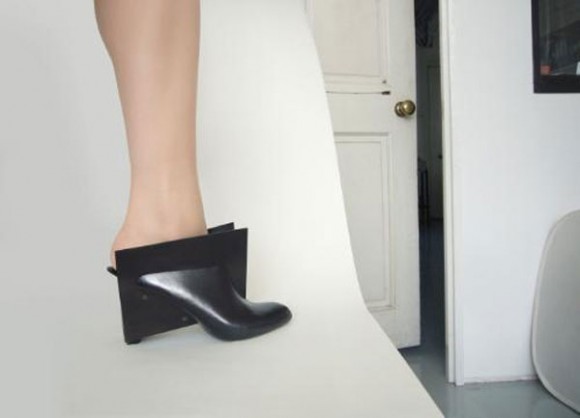Via big think
By Dominic Basulto
-----
Far too many people are walking around with their heads immersed in
their tiny mobile devices, or communicating affectionately with their
tiny smart phones while out in public with perfectly acceptable human
companions. The only problem, of course, is that humans are not
evolutionarily equipped to act like this – and that inevitably leads to
awkward scenes like people running into things on a city street or
couples awkwardly texting with other people while having dinner
"together." Tiny screens, while useful for monitoring the electronic
minutiae of our daily lives, are not so useful for keeping our heads up
and making eye contact with other humans. Fortunately, a number of tech
companies are thinking of ways to make Looking Up the new Looking Down.
Mobile device makers, encouraged by the rapid adoption of tablet
technologies and people's embrace of post-PC screens, are busy
developing new ways of interacting with these smaller screens that are
not "inappropriately immersive."
Finland’s mobile phone giant Nokia, bowed and bruised after failing to
keep up with Apple in the development of sleek new mobile devices and
other objects of consumer lust, is exploring a new strategy to take on
Apple: developing cleverly-designed phones that enable you to make eye
contact and become aware of the environment around you. As Nokia's head
designer Marko Ahtisaari explained to the Wall Street Journal,
"When you look around at a restaurant in Helsinki, you'll see couples
having their heads down instead of having eye contact and being aware
of the environment they're in... Designing for true mobility... is an
example of what people would not explicitly ask for but love when they
get it."
Nokia is still being mysterious about what it has in store for future mobile users,
but most likely, a "Look Up mobile device" (for lack of a better word)
would be designed to combine the viewing potential of big screens with
thr easy-to-operate interface of a smaller device. This is actually
harder than it sounds. According to usability expert Jakob Nielsen, there are five different screen experiences
– what he refers to as TV, mobile, desktop, "very small" (i.e. screens
no larger than an RFID chip) and "very big" (i.e. screens as large as
buildings). It's not enough, though, simply to translate a "very large"
screen experience to a "very small" screen -- the usability
considerations change, according to the different screen experiences.
That's why it's always been so frustrating to browse the Web on a mobile
phone - there are very different usability characteristics once you
shrink a screen.
 So what would a Look Up phone experience feel like? The answer might be
a hybrid form of experience that uses mobile screens for mobility and
geo-location, but takes advantage of larger viewing surfaces. Take U.K.
retail shopping giant Tesco, for example, which has been experimenting
with "virtual shopping walls"
that users can interact with while using their mobile devices. While
these shopping walls are completely mobile-enabled, all the activity
takes place with shoppers tilting their heads up. Think of bounding out
of a subway car and ordering groceries for dinner as you exit the
station, all via a mobile device -- and all while keeping your ahead
aloft.
So what would a Look Up phone experience feel like? The answer might be
a hybrid form of experience that uses mobile screens for mobility and
geo-location, but takes advantage of larger viewing surfaces. Take U.K.
retail shopping giant Tesco, for example, which has been experimenting
with "virtual shopping walls"
that users can interact with while using their mobile devices. While
these shopping walls are completely mobile-enabled, all the activity
takes place with shoppers tilting their heads up. Think of bounding out
of a subway car and ordering groceries for dinner as you exit the
station, all via a mobile device -- and all while keeping your ahead
aloft.
The transmedia experience
- formerly the exclusive domain of entertainment brands and Hollywood -
is starting to blend over into every aspect of our lives. Transmedia
– which refers to seamless storytelling across different online and
offline platforms – has been re-interpreted by mobile designers to
include surfaces and screens. When done right, this cross-surface
storytelling leads to entirely new types of interactions and
experiences. BERG London, in collaboration with Dentsu London, for
example, has been experimenting with "incidental media" that transform everyday objects into interactive surfaces. One thing is certain -- the future is sure to turn a few heads - or at least, tilt them upward for awhile.

 The 3D printed modular shoe will be available for viewing at the
The 3D printed modular shoe will be available for viewing at the 